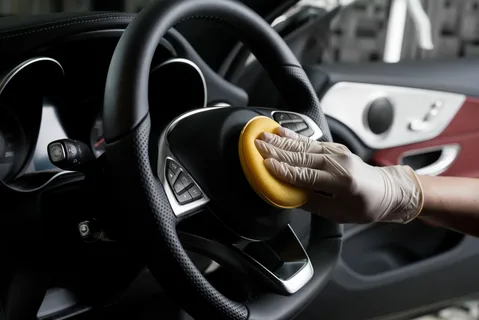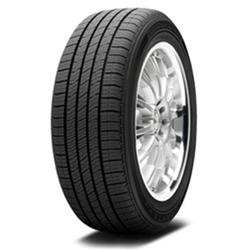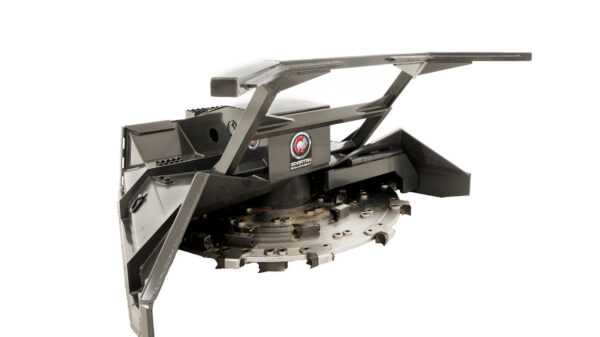Maintenance of the exterior part of a vehicle, especially the paint, is of uttermost importance to those who use their automobiles frequently and collectors. Among some other methods of vehicle protection, there is an Application of a Paint Protection Film known as PPF. Their approach to protecting our cars from the deterioration of regular driving has been completely transformed by this creative method. In-depth information about PPF coatings, their advantages, and the reasons they’ve grown to be a must-have for anyone hoping to maintain their car’s best appearance for many years to come are all covered in this post.
PPF Coat: What is it?
Painting and sealing only the exterior surfaces of a car with a clear rubber film is a PPF coat or Paint Protection Film coat. The intended use of this advanced material is to protect the paint of your car from the various and diverse agents it meets on the road. When the film is placed, it becomes almost invisible, preserving the original paint job of your car while adding a layer of protection against many types of destruction.
It is designed such that the PPF coat will not be yellow over time and will be strong and flexible. As for those who care about the exterior of the car but are not ready to deal with the traditional disadvantages of paint protection films, its features are state-of-the-art. Graphic protection by a layer of PPF coat is more robust and more long-lasting as compared to normal paint sealants or waxes.
The Workings of PPF Coats
PPF coatings are a fantastic product of science. Each of the several layers that make up these films has a distinct function in protecting your car. A transparent, elastic polymer makes up the uppermost layer, which can absorb impact from road debris and keep it from getting to the paint underneath. In addition, when this layer is heated, little dings and swirl marks vanish due to its self-healing characteristics.
The car protection film adheres firmly to the paint of your car thanks to an adhesive underneath the top layer. When removal is required, this adhesive may be used gently without causing damage to the paint underneath because it is powerful enough to hold the film in place for years. A strong barrier against a variety of possible threats is produced by the combination of these layers.
Why PPF Coats Are Beneficial
Defence Against Traffic Stones
The main advantage of a PPF coat is that it shields your car’s paint from debris on the roads. Thus, paint chips and scratches can occur from the small stones, sand, pebbles, and other materials that other vehicles throw on the road. Your car’s finish won’t be damaged by these hits because the PPF coat absorbs them. If you drive on highways or in places where construction is still going on, this is especially helpful to you.
The ability to withstand chemical stains
If you ignore environmental pollutants like tree sap, acid rain, and bird droppings, they can seriously damage the paint of your car. These things are kept from coming into direct touch with the paint surface by a barrier formed by a PPF coat. Because of its resistance to chemical stains, your automobile will look better longer and require fewer repairs, saving you time and money.
Protection from UV
UV rays from the sun can gradually erode and oxidise the paint on your car, causing serious damage. To help prevent this kind of damage, PPF coatings frequently have UV-inhibiting qualities. The film helps maintain your car’s original paint color’s brightness and vitality by blocking harmful UV radiation.
Procedure for Application
Skilled Installation
Although PPF coat application can be done yourself with kits, for best results, a professional installation is advised. The knowledge and specialised equipment that qualified specialists possess guarantee an application that works perfectly. Cleaning and surface preparation of the car usually come first in this process. Before the film is applied, any flaws are fixed.
The movie is expertly trimmed to match the precise lines of your car. To provide a smooth appearance and optimal protection, this precision cutting is necessary. To properly apply the film to your car’s surface, the installer will combine wet and dry application techniques, ensuring removal of any wrinkles or air bubbles.
Topics Covered
Depending on your tastes and price range, PPF coats can be put on different parts of your car. A front bumper, hood, fenders, side mirrors, and door edges are among the common places for application. Usually, they are the places most vulnerable to harm from everyday use and road debris. Complete-body coverage, which offers a total shield for the entire car, is another choice for people looking for safety.
Upkeep and Concerns
It is not too difficult to maintain a car with a PPF coating. Generally, the film may be kept clean and in good condition with routine washings using pH-neutral auto shampoo. Abrasive cleaning instruments and strong chemicals should be avoided as they may cause damage to the film.
Lack of frequent waxing or polishing, unlike bare paint, is one benefit of a PPF coat. On the other hand, for extra gloss and hydrophobic qualities, some owners decide to apply a ceramic coating over the PPF. It can also make cleaning even easier. It can improve the appearance overall.
Prolonged Sturdiness
Long-lasting PPF coatings are intended to endure for multiple years, and numerous manufacturers have guarantees that can go up to ten years. How well the product is made, how adept the installer is, and how well the car is maintained are some of the variables that affect how long the film lasts. PPF coatings are a smart investment for people who intend to use their cars for a long time because they may preserve the paint of your automobile for many years with the correct maintenance.
Comparing Other Protection Techniques with PPF Coats
PPF coatings provide better protection, but it’s essential to think about how they stack up against alternative techniques for paint protection. Though they need to be reapplied frequently, traditional waxes and sealants offer a brief coating of protection. The impact-resistant PPF coats, and ceramic coatings give improved shine and protection for extended periods.
Interior Detailing of Cars Goes Beyond External Protection
The interior of your automobile should not be disregarded, even if PPF coatings are designed primarily to protect the outside. By keeping your car in generally good condition and at a reasonable price, car interior detailing enhances the protection provided by PPF. The dashboard, seats, and other interior surfaces of your automobile will last longer if you regularly detail the interior.
Conclusion:
Protecting the paint on your car is more crucial than ever in the modern world of congested highways and environmental issues. PPF coatings present a state-of-the-art defence against various possible threats with long-lasting protection. These cutting-edge films shield your car from harmful UV rays and road debris so that it continues to look its best for many years.









